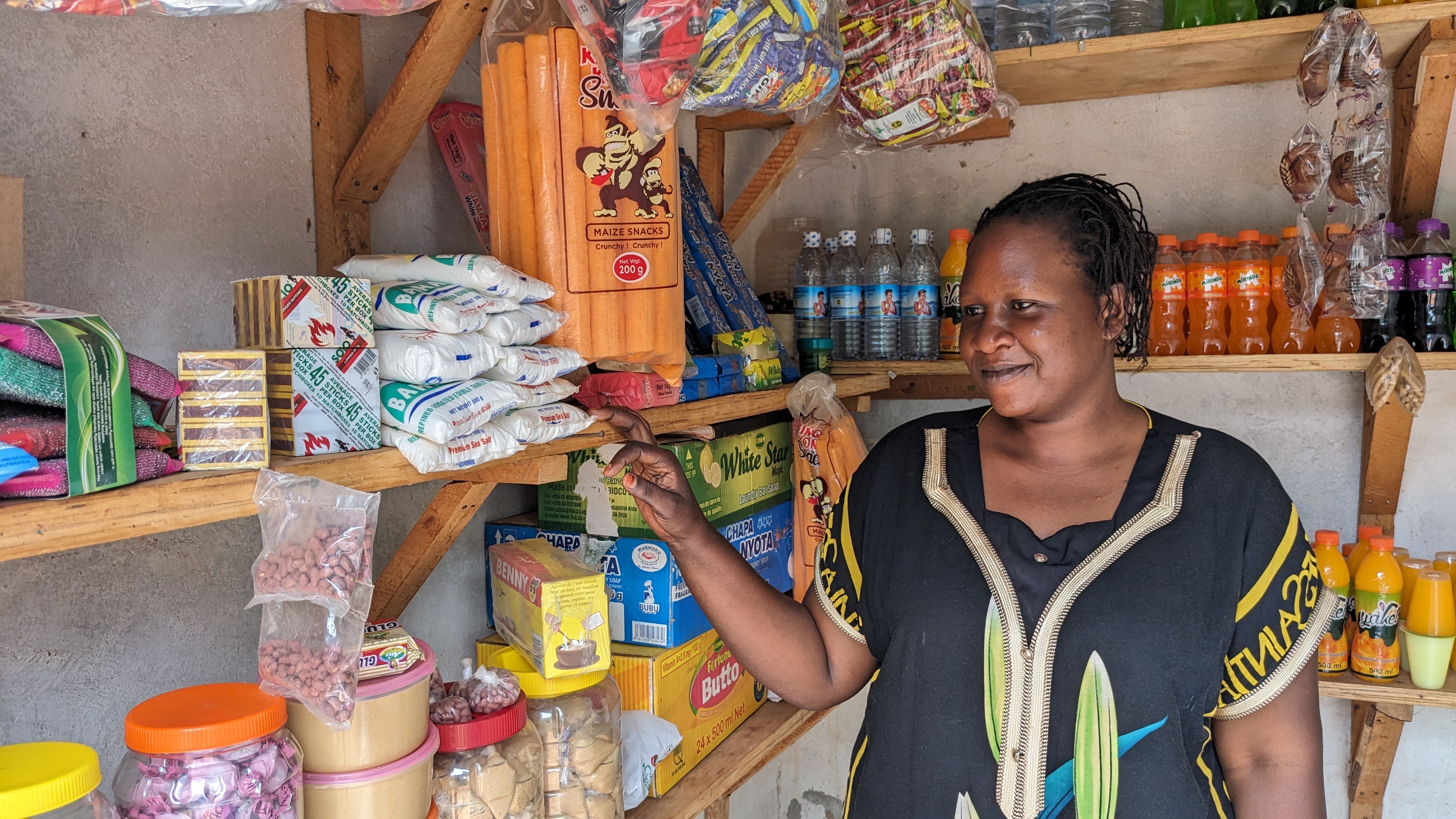This week, GiveDirectly was mentioned in a range of outlets across the world, including Inside Philanthropy, the Spanish-language El Mundo, and New York Magazine. In FastCoExist, GiveDirectly’s regional director Joe Huston talked with Ben Schiller about our basic income experiment specifically, the design details of the study, and how running this experiment is a natural next step for GiveDirectly.
GIVEDIRECTLY IN THE NEWS AND BLOGS
1. El ensayo africano de la renta básica
El Mundo, Martin Mucha, January 8, 2017
El proyecto keniata es, como el finlandés, una manera de analizar el comportamiento humano. Probar que el hombre puede actuar bien con el dinero, que no lo va a derrochar. Que lo gastará en aquello que garantice su bienestar. Y mejorará sus vidas. Puro libre albedrío. Ninguno de los receptores tiene que justificar en qué se lo gasta. La organización que lo desarrolla se llama GiveDirectly. Es una iniciativa de cuatro brillantes estudiantes de Harvard y del Massachusetts Institute of Technology (MIT). Sus nombres: Michael Faye, Paul Niehaus, Rohit Wanchoo, y Jeremy Shapiro. Con el apoyo de Alan Krueger, asesor económico de Barack Obama, presidente con sangre keniata.
2. Universal Basic Income Is Our Best Weapon Against The Rising Far Right
The World Post, Guy Standing, January 6, 2017
Earlier, I had been involved in a smaller pilot in Namibia, which showed similar results. And we complemented the bigger pilot in India along with two smaller pilots, one of which involved giving families a choice between continuing with rationed food and fuel or having a basic income of equivalent monetary value. A majority preferred the cash, and after a year of observation, their diets were more diversified and health status improved. Now, there are exciting plans by a well-funded American nonprofit, GiveDirectly, to launch a long-term pilot in rural Kenya. And smaller experiments are proliferating in both developed and developing countries. Given all this, let’s reflect on four important impacts of basic income.
3. Rural Kenyans Are Getting Free Cash Every Month To Test The Concept Of A Basic Income
FastCoExist, Ben Schiller, January 5, 2017
“We realized it was a pretty natural fit for us to try to contribute to this debate that’s been happening on a philosophical level lately, but without enough testing and evaluating how this specific type of cash transfer works,” says Joe Huston, regional director at GD. “Testing different types of cash transfers is what we’ve been doing for the last several years.”
4. Radical Idea? The New Funding Around a Basic Income
Inside Philanthropy, Philip Rojc, January 4, 2017
The basic income concept isn’t virgin territory for philanthropy. But few funders have investigated it in a modern context. That’s starting to change. As we’ve reported, tech funders like Facebook’s Chris Hughes, Dustin Moskovitz, and Google.org have supported GiveDirectly, a platform for direct charitable payments to impoverished people in Kenya. In fact, GiveDirectly has been the beneficiary of one of the largest grants yet made by Good Ventures, the philanthropic vehicle created by Moskovitz and his wife Cari Tuna. Today, GiveDirectly still looks like it’s going strong, and it’s just one of an array of players who’ve signed the Economic Security Project’s pledge to “think through how best to design cash programs that empower Americans to live and work in the new economy.”
5. What Happens When You Give Free Money to Poor People
New York Magazine, Drake Baer, January 4, 2017
Meanwhile, the nonprofit GiveDirectly has now raised more than $22 million toward a 6,000-person initiative in Kenya; the organization says that “the largest basic income experiment in history” will launch in hundreds of villages over the next few months.
CASH TRANSFERS IN THE NEWS AND BLOGS
6. Five myths about cash transfers
IRIN News, Georgina Sturge, January 6, 2017 (link changed to New Humanitarian 04/06/2023)
Cash transfers are increasingly being used to distribute foreign aid and have been defended by Downing Street as a particularly efficient way of reaching the world’s poorest. The rather confused criticism sees giving cash directly to those in need as somehow less acceptable than other forms of aid, and in the same breath condemns the general wasting of aid money. Here are five common myths about cash transfers followed by what we actually know about this form of aid:
7. The right’s next target: foreign aid
The New Statesman, Stephen Bush, January 3, 2017
But what’s important to note is this: the reason why the amount that UK plc gives as direct cash has gone up is that a 2011 review by FCDO into what made the most effective use of aid spending found that cash transfers were among the most useful tools – a finding backed up by a series of studies at Princeton, the ODI, and a number of organisations and institutions.
BASIC INCOME IN THE NEWS
8. The Scottish pioneer whose plan for a basic income could transform Britain
The Guardian, Kevin McKenna, January 7, 2017
A meeting in Glasgow last month with Guy Standing, the radical economist who founded the Basic Income Earth Network, inspired Kerr to seek cross-party support to pilot a “universal basic income” in parts of Fife and Glasgow. He acknowledges that these are very early days and that there are many obstacles ahead, but the move makes him the most senior incumbent politician in Britain to contemplate a radical scheme that only a few years ago was considered beyond the political pale.

